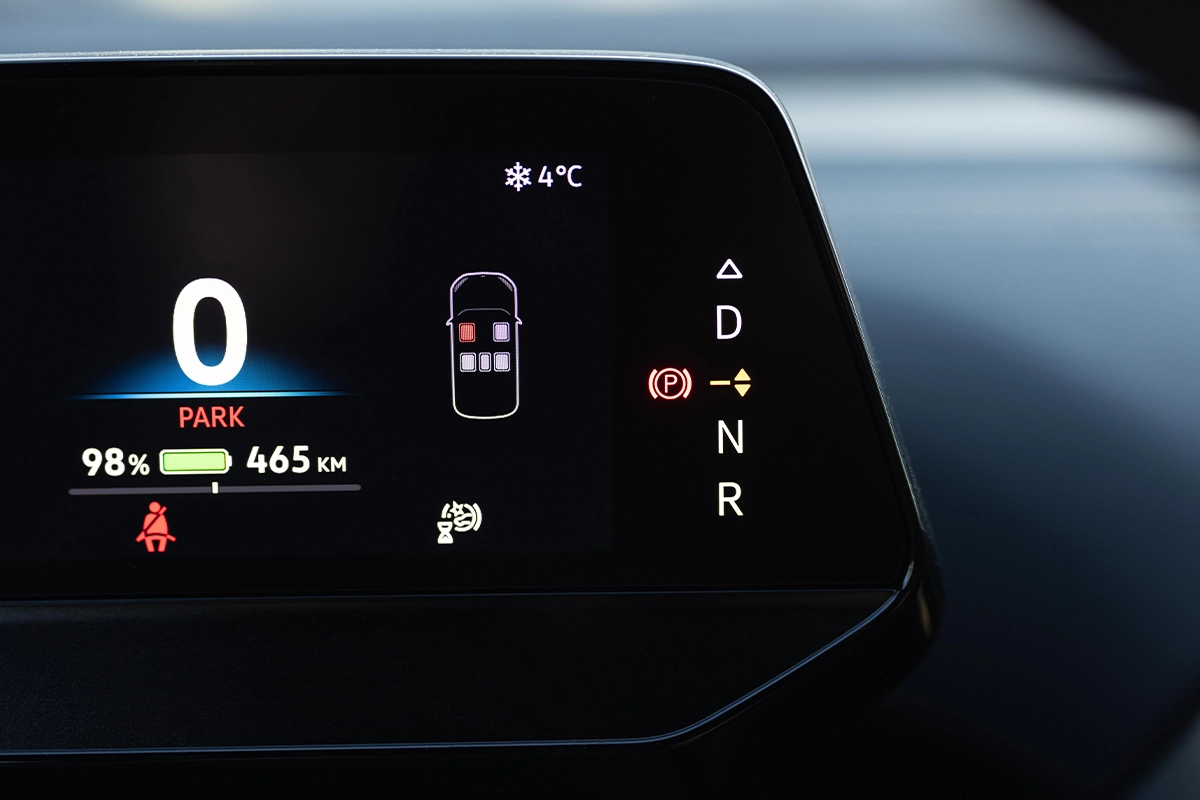Range anxiety is one of the most persistent deterrents to purchasing an electric vehicle for the first time. It can be triggered by the fear an EV will run out of juice before reaching a destination or a more general concern about lack of charging opportunities.
While charging infrastructure still has plenty of room to grow, the expansion of charging networks combined with advances in vehicle technology have made range anxiety more of a perception problem.
In reality, driving range—the distance an EV can travel before its battery needs to be recharged—has risen steeply in recent years. The median range for the model year 2024 was 455 kilometres (283 miles), more than four higher than in 2011.
For most people, that’s plenty for both daily life and longer trips, though there are factors that can decrease range, including cold temperatures, hills, and high speeds.
Here are Hypercharge’s top tips for maximizing your EV driving range for a stress-free ride under all conditions.
1. Precondition
Before you drive, “precondition” the interior of your EV by warming or cooling it while vehicle is plugged in.
This pre-trip prep uses power from the electrical grid, instead of your battery, to run the heater or air conditioner.
Some EVs also have a battery preconditioning function that brings the battery to the optimal temperature for charging, preserving your battery’s longer-term health.
2. Minimize Heating
Once you’re on the road, you can reduce power demand by turning down the cabin temperature on colder days and making use of the seat heaters and steering wheel heater (if your vehicle has one).
Air conditioners have less impact on batteries than heaters—often negligible until the outside temperature hits about 35 C (96 F). On the hottest days, aim for a comfortable, but not frigid, cabin and park in the shade when you can.
3. Soften Acceleration
Pressing on an EVs accelerator pedal is a signal to send electrical energy from the battery to the motor.
The faster you accelerate, the more power required to get up to speed. A gentler touch is more energy efficient, so go easy on that pedal and keep an eye on your dash’s power meter, which will alert you to a spike in power demand.
Some vehicles come with a “Chill” mode which softens the acceleration for you. Check your vehicle’s manual to see if your EV has this mode.
4. Use Regenerative Braking
EVs don’t just get their energy from batteries. Most recent models use a system called regenerative braking, or “regen,” that turns the motor into a generator.
As you lift your foot off the accelerator, the motor works in reverse to slow down the vehicle and capture the kinetic energy normally lost with conventional friction braking.
The energy is then recycled back into the battery. (Added bonus: swapping braking for regen minimizes the wear and tear on your brake pads, extending their life.)
The regen level can be adjusted in some vehicles, with the highest settings delivering the best range.
5. Stick to the Speed Limit…
As your EV travels, it pushes through friction from the air known as air resistance or drag.
How much drag is partially determined by the aerodynamics of the vehicle’s design, as well as wind, humidity, and other air conditions.
Drag increases with speed, boosting energy demand, and it increases at a much faster rate than speed. So, if you need to maximize energy efficiency on the highway, drive at the slowest acceptable speed.
6. … and Minimize Drag
Roof storage containers, roof racks, and their loads also increase drag. Consumer Reports found that a 2019 Nissan Altima sedan lost 11 percent in mileage after adding a roof rack, which dropped to 19 percent with the addition of a rooftop storage pod.
When British EV retailer R Symons loaded a canoe onto the 2019 Tesla Model 3, fuel consumption increased by about 10%.
Reducing your speed can help compensate for this extra drag, or better yet, remove these items when they’re not in use if you can.
7. Check Your Tires
Electric vehicles tend to have higher optimal tire pressure compared to gas-powered vehicles.
As the tires lose pressure, rolling resistance goes up and energy efficiency goes down, so check your tires frequently—at least monthly—and maintain the manufacturer’s recommended PSI (pound-force per square inch).
8. Plan Ahead
You can increase driving range simply by planning your trip with a bit of care.
Apps like Google Maps now recommend the most energy efficient routes, or you can simply choose the route with the fewest highway miles and hills and the most opportunities to recharge through regenerative braking until you can plug in for a full charge.
Stress-Free Charging
EV charging should be seamless, not stressful. At Hypercharge, we tackle the common challenges EV drivers face with reliable, user-friendly charging solutions and 24/7 customer support.
Bring Hypercharge EV Charging to your business or multi-family property – schedule a free EV charging consultation with one of our experts today.
